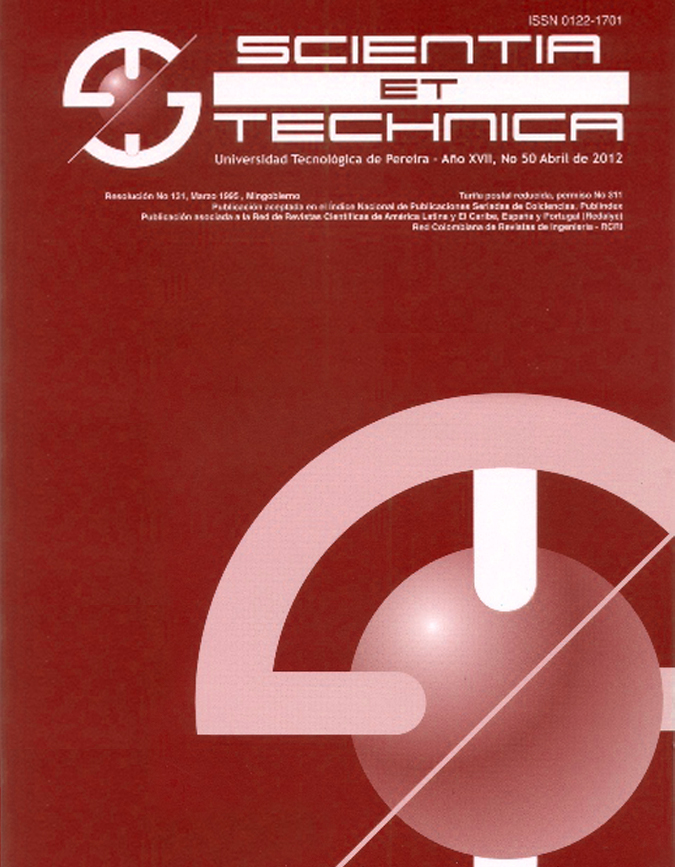Potential of agroindustrial waste for the synthesis of activated carbon: a review
DOI:
https://doi.org/10.22517/23447214.17031Keywords:
Activated carbon, agroindustrial waste, chemical activation, physical activation.Abstract
In the present article, a review is made of the use of agro-industrial waste and its potential use as a raw material for the manufacture of activated carbons and the various applications in which they can be used. The lignocellulosic biomasses found have a high content of organic compounds and low ash content, as very useful characteristics when subjecting the residues to differentes activations mechanisms (physical or chemical). In addition, the advantages in terms of efficiency and costs, also, the differents applications such as: removal of heavy metals, adsorption of different dyes, elimination of emerging pollutants, uptake of polluting gases, water purification, among others. The study of the analyzed works allows to conclude that the different types of biomasses are useful for the synthesis of activated carbon and that the activation mechanism is the primordial stage of the l process to establish chemical and textural characteristics on the final productDownloads
Downloads
-
Vistas(Views): 737
- PDF (Español (España)) Descargas(Downloads): 629
Published
How to Cite
Issue
Section
License
Copyrights
The journal is free open access. The papers are published under the Creative Commons Attribution / Attribution-NonCommercial-NoDerivatives 4.0 International - CC BY-NC-ND 4.0 license. For this reason, the author or authors of a manuscript accepted for publication will yield all the economic rights to the Universidad Tecnológica of Pereira free of charge, taking into account the following:
In the event that the submitted manuscript is accepted for publication, the authors must grant permission to the journal, in unlimited time, to reproduce, to edit, distribute, exhibit and publish anywhere, either by means printed, electronic, databases, repositories, optical discs, Internet or any other required medium. In all cases, the journal preserves the obligation to respect, the moral rights of the authors, contained in article 30 of Law 23 of 1982 of the Government Colombian.
The transferors using ASSIGNMENT OF PATRIMONIAL RIGHTS letter declare that all the material that is part of the article is entirely free of copyright. Therefore, the authors are responsible for any litigation or related claim to intellectual property rights. They exonerate of all responsibility to the Universidad Tecnológica of Pereira (publishing entity) and the Scientia et Technica journal. Likewise, the authors accept that the work presented will be distributed in free open access, safeguarding copyright under the Creative Commons Attribution / Recognition-NonCommercial-NoDerivatives 4.0 International - https://creativecommons.org/licenses/by-nc-nd/4.0/deed.es license.



